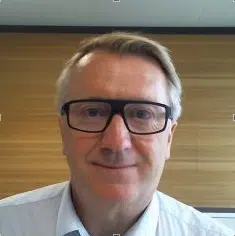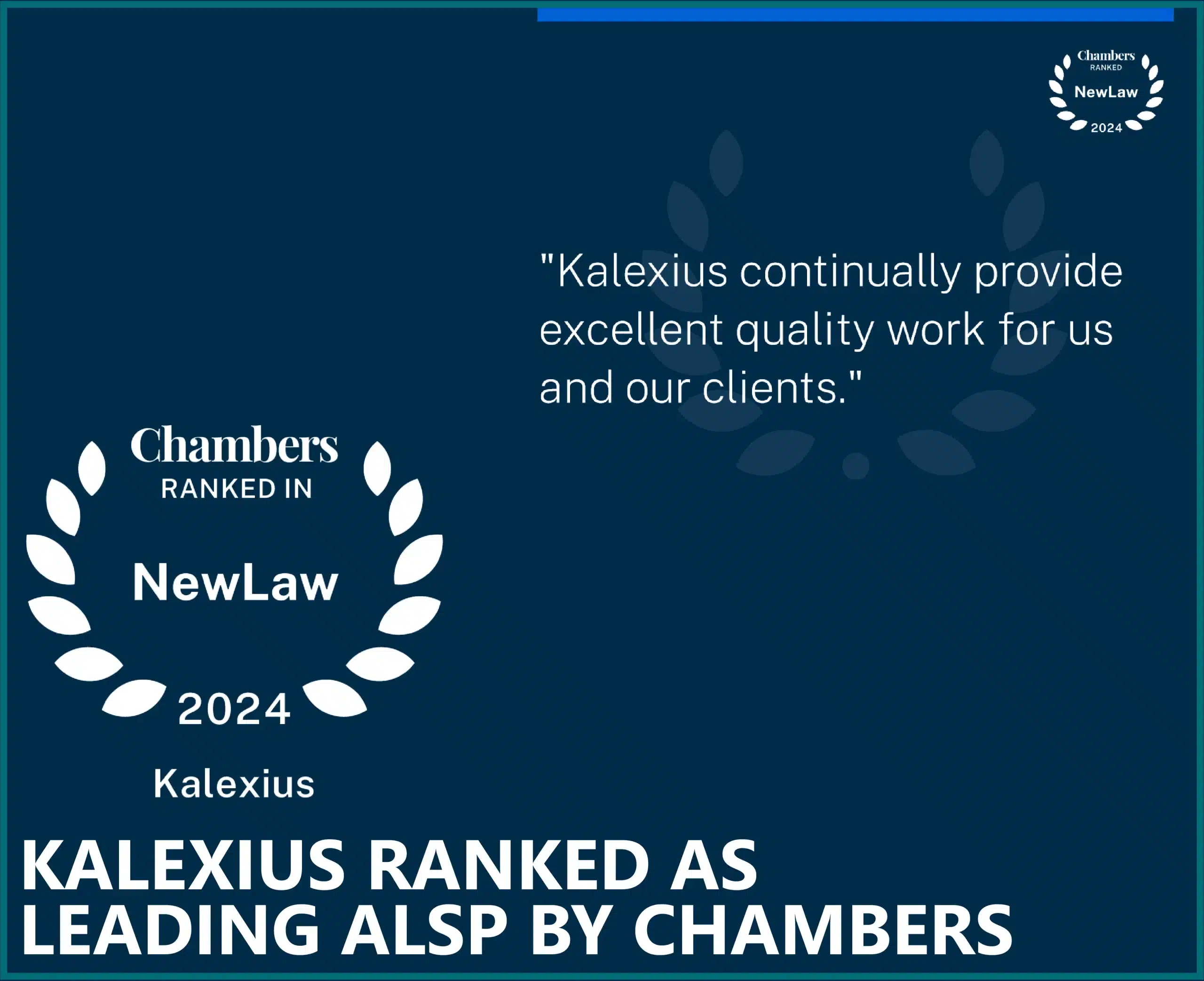"Having a good mix of people, process and tech is essential as these three elements are equally important to us."
Laurent Giezendanner is Head of Legal Operations & Corporate Security at Syngenta. With 57,000 people across more than 100 countries striving daily to transform agriculture through tailor-made solutions for the benefit of farmers, society, and our planet, Syngenta is the world’s most local agricultural technology and innovation partner.

Tell us about your background and journey with Syngenta.
I joined Syngenta 14 years ago as Head of Corporate Security. As I’m curious by nature and always interested in learning new things, I started using my change and transformation skills to deploy and manage security programs for the Legal Department. And I ended up leading both Legal Operations and Corporate Security, which fuels my appetite for challenges.
You have a very large remit in your current role, overseeing both Legal Ops and Corporate Security. How do both functions interact and/or complement each other?
The functions are very different regarding topics covered and skills needed, especially when considering the investigators on the ground or the cyber professionals we have in Corporate Security. But both functions aim to support people in performing their job better and more efficiently. They are process-driven and need to be led with a continuous improvement mindset. They are also rapidly developing digitally and require communications and training competencies.
You've been tackling legal transformation at Syngenta for the last six years, starting at a time when legal ops and legal transformation were in their infancy. What were your very first steps six years ago? How did you decide where and how to start? How did you develop the roadmap for change?
So it all started by looking at what the legal function of tomorrow should be delivering. Then we analyzed the activities our legal team was performing; we gathered feedback from our customers on the “what” and the “how.” From there, we looked at the activities we could improve, the ones we should stop performing, and what we should start doing.
From there, we defined our objectives and put a support model in place, including people, process, and technology; having a good mix is essential as these three elements are equally important to us. We also looked at ways to mitigate risks on our crucial change initiatives by performing premortem and post-mortem analysis, having backup plans, and having change management plans considering the potential organizational resistance. And, of course, we learned a lot by doing, sometimes by failing, and starting again…
You mentioned change management as a key challenge. Change management is indeed a difficult process even in small companies, how do you deal with change management in a large multinational company? Do you face different types of challenges depending on the regions you work with?
Change management is indeed vital as it is about people. You can launch the best possible project or tool, if it is not used, it is a waste of money, time, and energy and we cannot afford any of these!
Having the right change plans in place will ensure the target audience understands the reason for the change, see the benefits for themselves and others and adopt the change for good. Each user group needs to be identified and a different approach might be necessary for each of these groups according to their location, ways of working, processes, and language they speak… And when the project or the tool is launched, the most essential part starts with having the right support model in place so that each request can be managed in a fast and efficient way. So of course, the bigger the organization, the more complex it is to lead change projects. The biggest challenge for us is to align our tools and processes across the organization while considering the regional specificities and dealing with different IT systems.
How do you measure success (and failure!) in legal ops? How can you showcase positive outcomes and/or the need for new processes, ways of working, or tools?
Measuring success (and failure) is really important and it is not an easy task. We are on a journey to becoming a data-driven function, using the data we extract from our tools and processes to make better decisions. But we are not yet there, and this is not enough. To get the complete picture, we also need more qualitative information from our users. That is why we do a lot of pulse checks, interviews, and surveys and take the feedback we receive (good or back) very seriously to be able to improve each time. To showcase positive outcomes, we try to show improvement through the use of data (for example, 800 registrations in our training tool in 6 months), and we use our communication channels (monthly newsletter, yammer, townhalls, videos) to publish positive stories about the users, from users to users. It is just more impactful.


